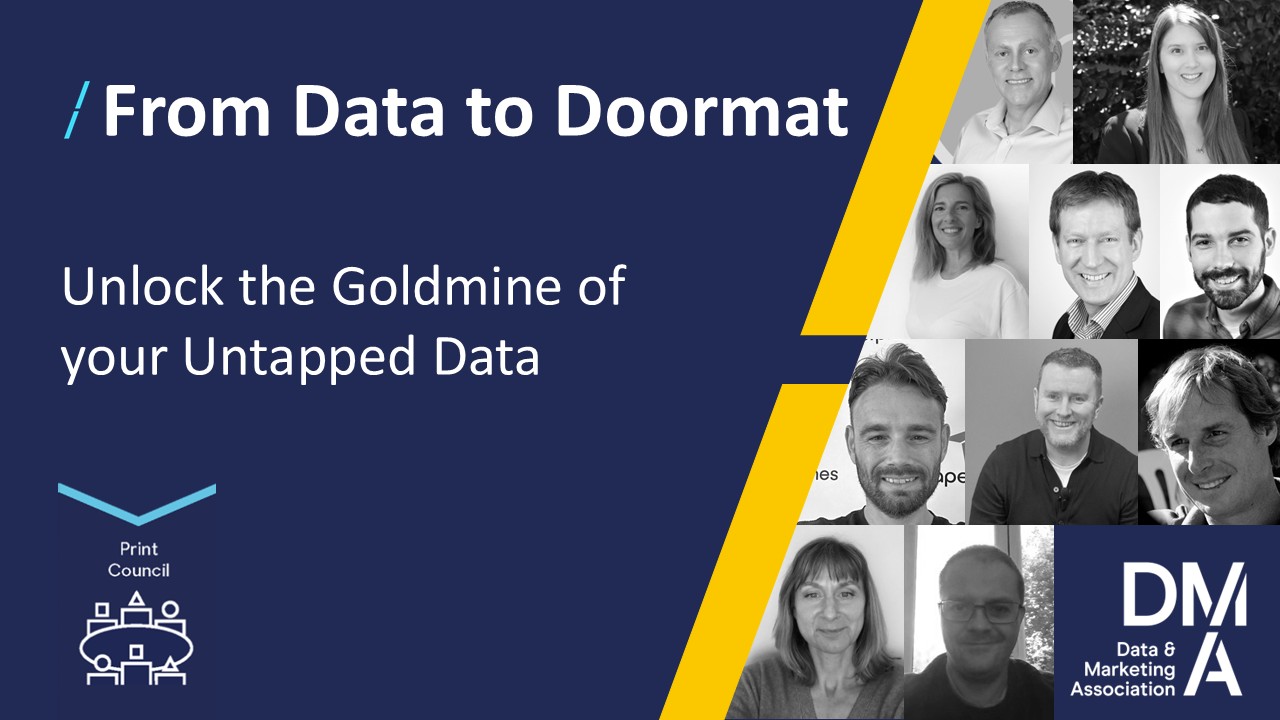Top Scottish cultural organisations seek solutions to data-driven dilemmas
21 Jan 2020

The Edinburgh International Festival, Jupiter Artland, Edinburgh Science, Historic Environment Scotland (HES) and the John Byrne Award are looking for creative entrepreneurs to work with them to develop solutions to challenges affecting their organisations.
Funding of up to £20,000 is available to individuals and small and medium-sized enterprises working in and around Edinburgh to respond to the challenges posed.
Applications are open now and will close on 24 February.
Challenge Projects are part of Creative Informatics, a research and development programme led by the University of Edinburgh and delivered in partnership with Edinburgh Napier University, Code Base and Creative Edinburgh.
The projects will use data, contained in information sets such as art collections, architectural drawings and historical archives, to create ground breaking products and improve audience experiences.
What are the Challenges?
The Edinburgh International Festival’s challenge is to create virtual working spaces for venues in the city of Edinburgh that will enable the Festival to continue to work at the forefront of technology and provide the planning resources that world class productions expect.
Jupiter Artland are looking to develop and interactive tool that will enhance their visitor’s experience, understanding and engagement with their unique art collection.
Edinburgh Science’s challenge is to create a fun, interactive experience that encourages audiences to make a donation when attending events.
HES would like to develop a new product that enables visitors to engage with historic sites through the ages, using a range of content including historical, reconstructed or inaccessible views.
The John Byrne Award would like to find a way for users to take bespoke, dynamic ‘journeys’ through their award entrants gallery, maximising opportunities for their audience to explore their own values and learn more about the values of others.
Respondents will retain part or all of the intellectual property for their work, enabling them to commercialise products or services developed through these Challenge Projects.
Professor Chris Speed, Director of Creative Informatics at the University of Edinburgh, said: “We had a great response to our second call for Creative Informatics Challenge Holders and the five challenges selected promise to be exciting projects for all involved. It’s fantastic to see organisations from across the creative industries coming forward with interesting questions that seek to unlock the potential of the varied data sets they hold. I am sure that potential challenge respondents will propose novel solutions to solving these problems, developing innovative new experiences, products and services along the way.”
Alison Turnbull, Director of Development & Partnership at Historic Environment Scotland (HES) said: “We’re delighted to be collaborating with Creative Informatics on this exciting Challenge project. The historic environment offers a vast resource of inspiration, and we want to open this up to Scotland’s creative industries to find new ways of telling the story of our history and heritage. Projects such as this show just how the historic environment can support a creative, vibrant and innovative Scotland, and we’re very much looking forward to seeing the submissions.”
Want to know more?
For more information about Creative Informatics Challenge Projects or the Creative Informatics programme please contact creativeinformatics@ed.ac.uk or visit https://creativeinformatics.org/
Further open calls for Challenge Projects will take place twice a year in April and October over the next three years, with up to five challenges selected in each round.
Creative Informatics is one of nine programmes across the UK that make up the Creative Industries Clusters Programme. It is is part of the Edinburgh and South East Scotland City Region Deal initiative and is also supported by the Scottish Funding Council.
It is funded by the Arts and Humanities Research Council as part of the UK Government’s Industrial strategy.
Photo Credit - Historic Environment Scotland .





Please login to comment.
Comments